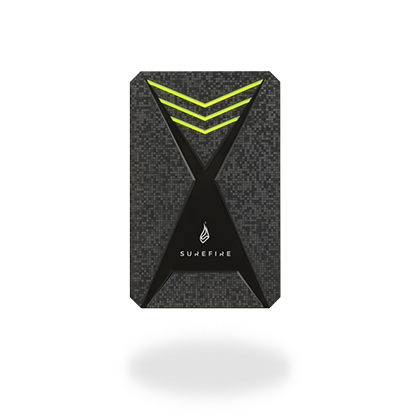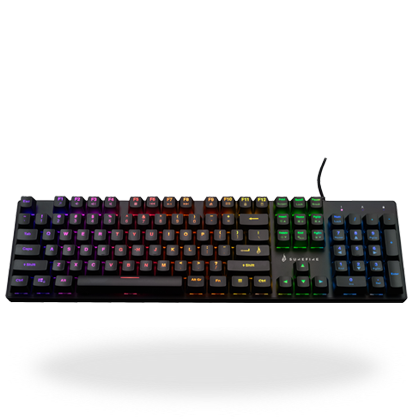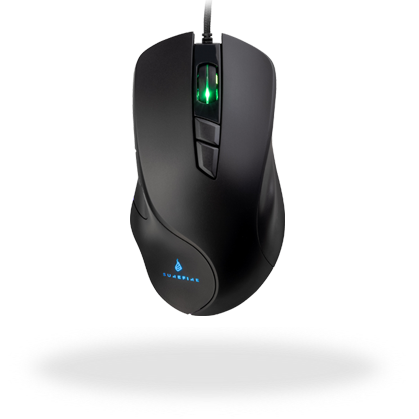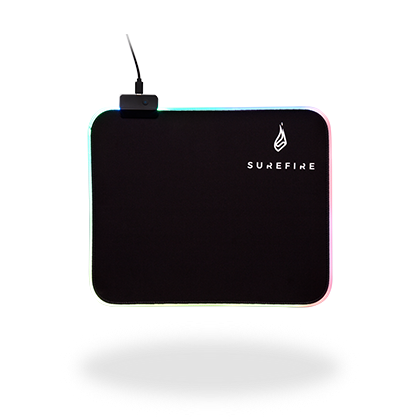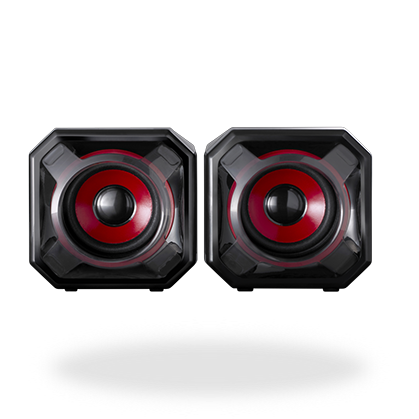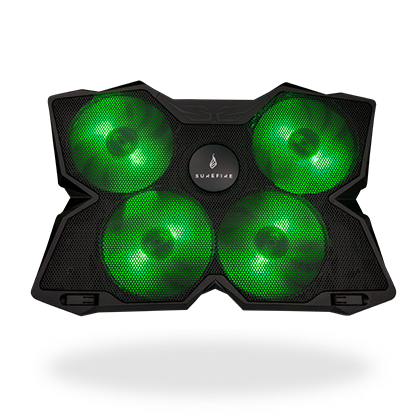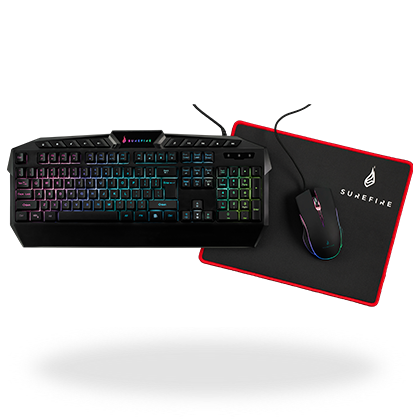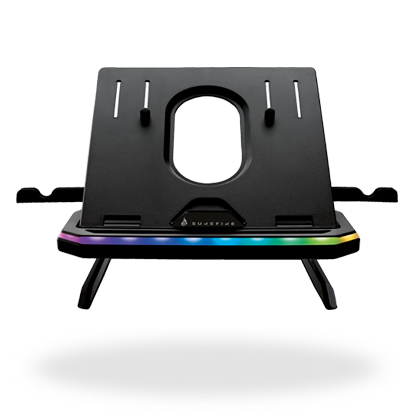Solid State Drives (SSD) known as “flash memory” devices are generally based on a technology known as NAND flash. It is common that the user capacity reported by the user’s computer system or device does not match fully with the advertised capacity. There are a number of reasons for this.
- Differences in numbering systems
Computer storage companies label storage capacities based on the decimal system while computer systems such as Windows report storage capacities based on binary system.(Since OS X Snow Leopard Apple report storage capacities based on decimal system)
| Decimal | SI Definition | Binary | IEC Definition |
| 1000 (103) | kB – Kilobyte | 1024 (210) | KiB – Kibibyte |
| 1 000 000 (106) | MB -Megabyte | 1 048 576 (220) | MiB – Mebibyte |
| 1 000 000 000 (109) | GB – Gigabyte | 1 073 741 824 (230) | GiB – Gibibyte |
| 1 000 000 000 000 (1012) | TB - Terrabyte | 1 099 511 627 776 (240) | TiB – Tibibyte |
- In preparing a storage device for use by the consumer it is necessary to perform a formatting function. Formatting utilises space and thus reduces the storage space available to the user.
- There are some administrative functions also carried out which are designed to maintain the optimum performance of a storage device across its life.
- The performance of all cells is monitored during usage. A number of spare cells are maintained in order to substitute should an individual memory cell performance fall below accepted standards. The overall amount of space available to the user remains consistent, a “spare” cell being substituted for a defective cell.
- There is an administrative overhead in managing the location of user data and attributes within the storage device. There is also a small amount of space reserved by the storage device controller for the firmware and subsequent firmware updates (which may be made available to resolve issues or enhance functionality).
For Solid State Drives (SSD) we expect the following amount of user capacity to be reported by Windows operating systems :
| Nominal Capacity | Minimum Reported Capacity (typically will be higher) |
| 256GB | approximately 230.4GB |
| 512GB | approximately 476GB |
| 1TB (1,024GB) | approximately 953GB |
For Hard Disk Drives (HDD) we expect the following amount of user capacity to be reported by Windows operating systems:
| Nominal Capacity | Minimum Reported Capacity (typically will be higher) |
| 500GB | approximately 465GB |
| 1TB (1,000GB) | approximately 931GB |
| 2TB (2,000GB) | approximately 1,862GB |
| 3TB (3,000GB) | approximately 2,794GB |
| 4TB (4,000GB) | approximately 3,725GB |
| 5TB (5,000GB) | approximately 4,657GB |
| 6TB (6,000GB) | approximately 5,587GB |
| 8TB (8,000GB) | approximately 7,452GB |
| 10TB (10,000GB) | approximately 9,536GB |




 PRODUCTS
PRODUCTS
